All about brovallia
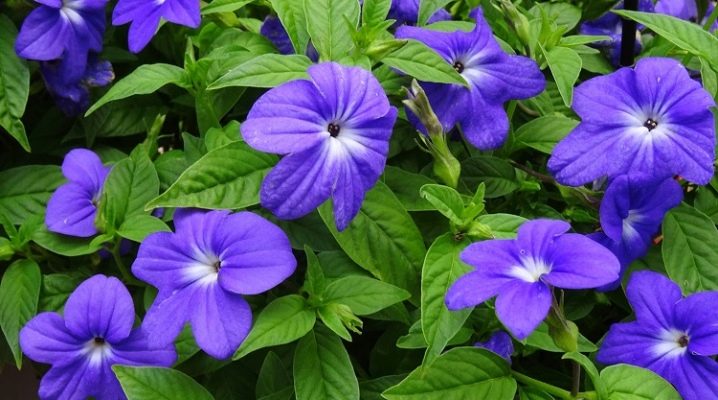
The desire to please the eye with the sight of beautiful, luxuriantly flowering plants is in one way or another characteristic of every person. Brovallia, a wonderful flower that decorates both the house and the garden, will help you enjoy the colors of summer. You can plant it with seeds, providing yourself with the pleasure of contemplating such beauty continuously.

Peculiarities
The homeland of the Solanaceae brovallia is Colombia. The plant is found throughout Central and South America, representing beautiful shrubs of one and a half meters in height. Indoor flower looks like a small bush with a head of blue, purple, purple or white flowersshaped like stars. The leaves of the plant are elongated, pointed at the ends and rich in color. The house plant grows to a height of 30-40 centimeters. It blooms for almost the entire period of its two-year life - up to 18 months, which makes it possible to fill the house with paints even in the winter season. After that, brovallia can be re-grown from seeds, which ripen in leaf-like capsules, and then spill out of them.
The decorative properties of the plant make it possible to use it to decorate balconies and terraces, as well as rooms. In flower beds, brovallia is brought to the fore and decorated with color spots in the garden, creating bright accents. These living decorations look beautiful, hanging down over the edges in tall tubs. A relative of petunias, potatoes and tomatoes in the garden begins to bloom in the middle of summer and continues to delight with its magnificence until deep frost.
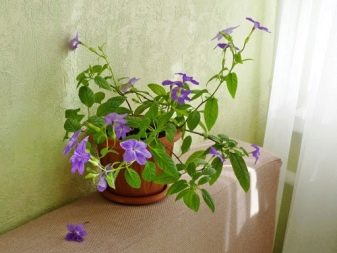
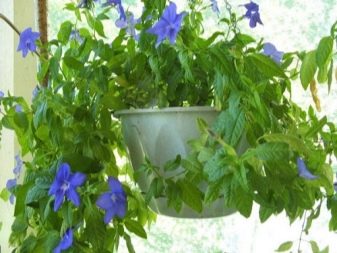
Types and varieties
There are several of the most common types of brovallia.
- Beautiful brovallia is grown at home. These are flowers of various colors - from white to blue-violet. The diameter of the flower is quite large compared to some other species - about 5 cm, the length of the leaves is about 6 cm.
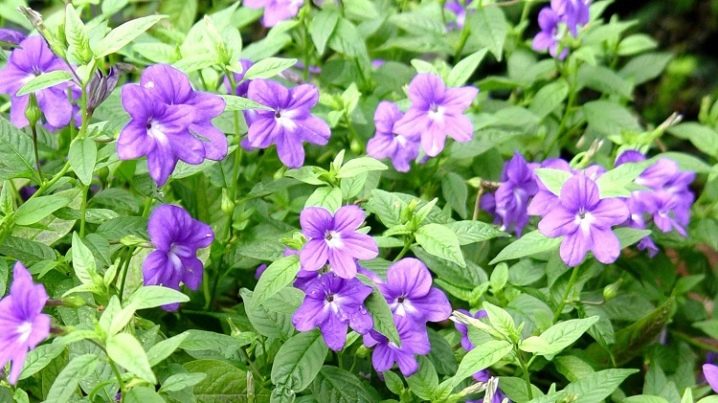
- Large-flowered brovallia reaches half a meter. She has blue or white flowers that grow in the form of brushes.
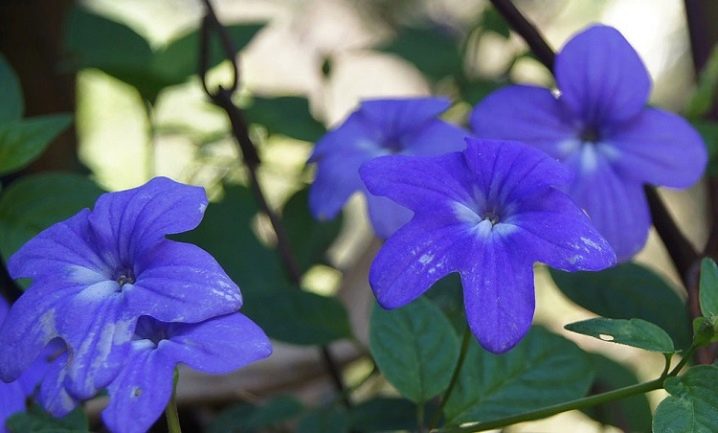
- Pubescent brovallia is a bush with an abundance of "stars" - blue or purple.
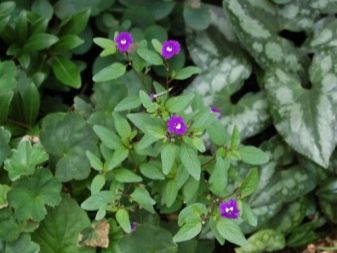
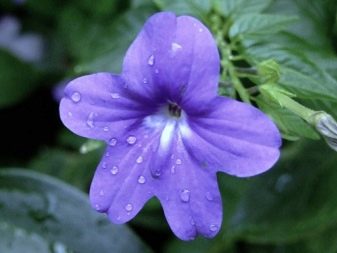
- Brovallia sticky - This is a bush about 30 cm high, in the shape of a ball and consisting of a large number of small flowers of blue, white or light blue. The stem of the plant is sticky to the touch, which is why it got its name.
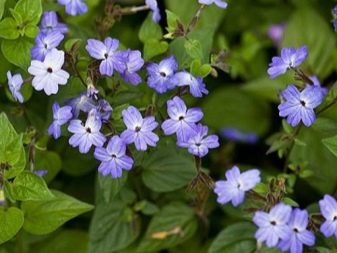

You should pay attention to several varieties of brovallia.
- For interior decoration, brovallia of such varieties as Silver Bell (White flowers), "Blue Bell" (blue). The petals have a pronounced dense graceful texture. They look great against dark foliage.
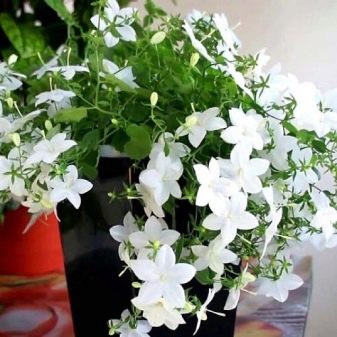
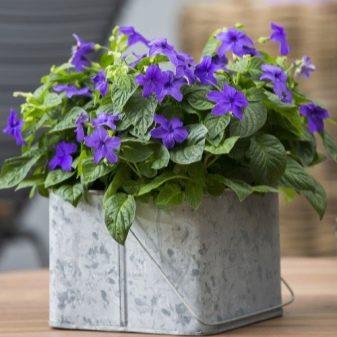
- Popular brovallia varieties "Loyalty"... It is a bush that reaches a height of half a meter with a sky-blue flower up to 3 cm in diameter. It is planted in containers, on borders, flower beds and balconies, significantly enlivening the landscape around a country house or city street.
It can be used to decorate the interior space of apartments, houses and offices.
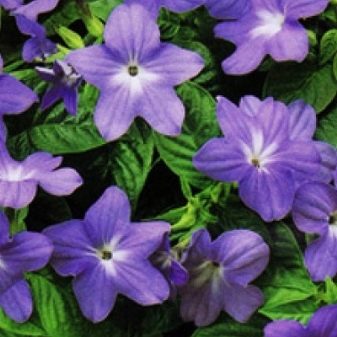

- Brovallia varieties Bells Indigo blooms for a very long time in hanging pots, on the balcony or in the garden with purple stars up to 4 cm in size. In the center of each flower there is a white speck. The bush reaches 30 cm in height.
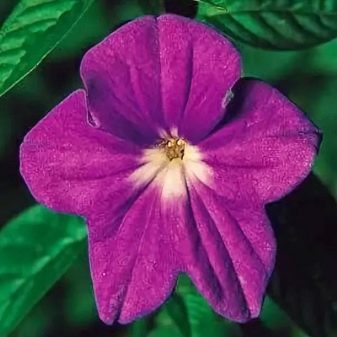

- Brovallia varieties "Ocean mix" is a potted plant with a long flowering period. The flowers are about 5 cm in diameter. The bush branches well and reaches almost 30 cm in height. He is very unpretentious in care.
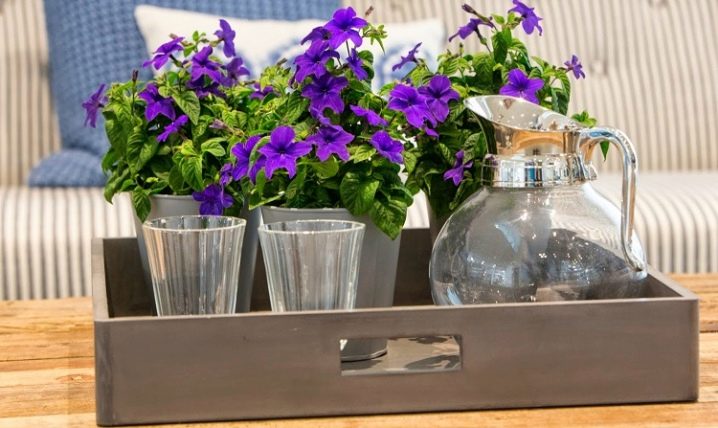
- Plant varieties Marina suitable for interior use, although it can also be planted in a flower bed. It is a perennial bush that is about 30 centimeters high, with flowers 2-3 cm in diameter, collected in beautiful brushes. The variety is cold resistant.
In conditions of outdoor use, it is grown as an annual.
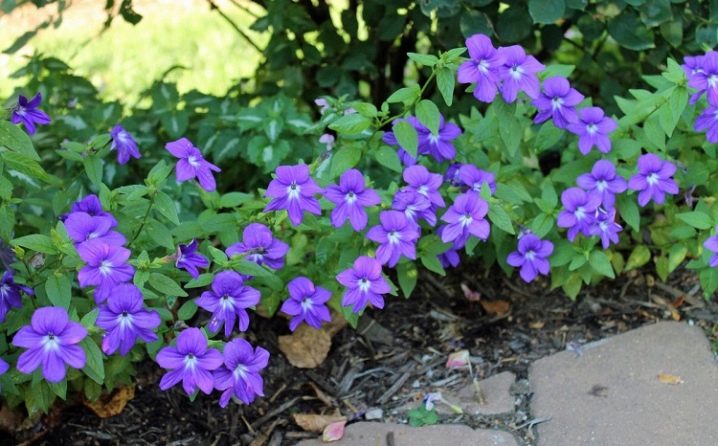
Landing
Growing brovallia from seeds at home is possible throughout the year. For plants that are designed to decorate a room, it is best to choose August as the planting time. Then they will delight with flowering for a very long time. Sowing seedlings for a summer cottage or garden is best done in February or March. The sequence of actions is as follows:
- soak the seeds in warm water for 2 days; you can add funds to stimulate growth;
- prepare a ready-made peaty mixture or make it from sod and leafy soil, sand and humus, combining an equal number of components;
- put expanded clay pebbles on the bottom of the container for planting (if there is no expanded clay, you can take pebbles or small fragments of brick);
- pour earth on the drainage layer, wet the slightly crushed soil well with water;
- put the seeds on the surface of the earth, without burying, in order to preserve the access of light to them, which makes it possible to ascend;
- put a container with future seedlings in a well-lit warm place and cover it with glass, creating a semblance of a greenhouse;
- slightly moisten the soil every day, remove the glass for several hours in the morning for ventilation;
- shoots appear after 13-14 days; when the first real leaves hatch, transplant the sprouts into narrow high containers such as plastic glasses;
- after the appearance of the second true leaf, pinch the seedling;
- plant in open ground or on a balcony, provided that the frost does not repeat itself;
- several young sprouts can be planted in one pot.
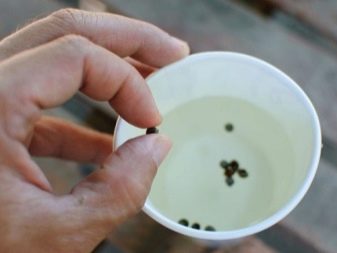
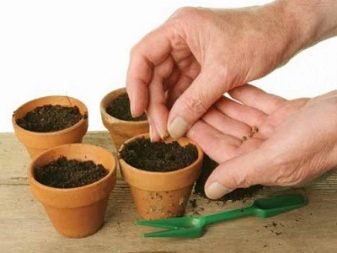
Care
When leaving, like any plant, brovallia must create favorable conditions for growth and flowering. It can be placed in a bright corner or where the light is diffused - so that there is no direct sunlight. Practice shows that the bush feels most comfortable on windows facing west or east. If the brovallia is planted on open ground, it is better that it is not on the south side. It should be borne in mind that she also does not like the shadow.
The most comfortable air temperature is about +20 degrees in summer and + 10– + 15 degrees in winter. In summer, the plant is watered generously, and in winter this procedure is completely abandoned or watering is minimized. During the procedure, the earth should be saturated with water, but not oversaturated with it. It is preferable to water so that the soil is normally moistened at a time. Frequent watering with surface moisture should not be carried out.
And you also need to take into account that if the earth dries out completely, the plant will wither and will not rise. Therefore, you cannot leave your pet unattended for a long time.
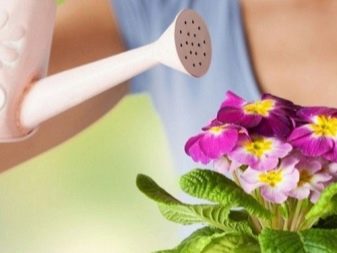
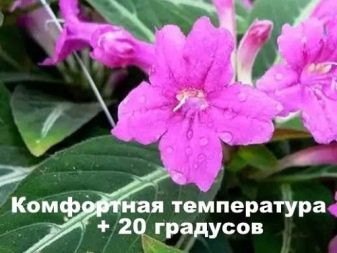
If the air in the room is completely dry, you can periodically spray the plant so that water does not get on the flowers - this may cause stains on them. It should be borne in mind that at its core, brovallia is a tropical bush accustomed to high humidity... Therefore, it is not bad at all to spray water from a spray bottle in a room with a flower or put a container of liquid there in order to create a suitable microclimate. For feeding, universal fertilizers are suitable, the application rate of which is halved. You need to add nutrients twice a month. This only applies to brovallia growing in pots or other containers.
If the ground is open, there is no need to feed the bushes.
In order for the brovallia to have a beautiful appearance, it is necessary from time to time to shorten its bushes and pinch the shoots that strive to grow in length. Then the bush can look like a neat green sphere, covered with bright stars of one color or another.To keep the look elegant, you should also remove withered leaves and flowers in time. If the bush grew all summer in the open air in a tub or some other container, it is possible to extend its life if it is “moved” into the room at the first sign of a cold snap. Then the brovallia can bloom for several more weeks, or even months.


Diseases and pests
Like any plant, brovallia can be attacked various ailments and pests.
- White bloom on the leaves indicates that powdery mildew is spreading through the bush. We'll have to apply fungicides to cure the green pet.
- Unreasonable leaf fall suggests that the plant is being eaten by the whitefly, a small insect that lays eggs on the back of the leaf and reproduces very quickly. In order to prevent the spread of this infection and save the flower, its leaves must be carefully treated with soapy water.
- Another misfortune is the thyroid glands. As a result of the "activity" of these insects, the leaves of the brovallia become stained and become unpleasantly sticky to the touch. Treatment against the thyroid gland is carried out with a solution of soap or tobacco. You can also use store-bought insecticides.
- Brovallia is sometimes attacked by a spider mite. A sign of this is the formation of light spots on the foliage. A cobweb appears on the back of the leaf plate. Because of this, the plant dries up. To combat such a scourge, special preparations or a soap solution are used, as well as onion infusion (for 100 grams of husk, 5 liters of water - it is kept for 5 days).
- If the leaves of brovallia turn yellow, this may be a sign of a lack of iron in the ground. This disease is called chlorosis. The plant needs a flower feed.
- The bush has become frail, with pale leaves, which means there is not enough light.
If the brovallia is in the house, she needs to find a new, more comfortable place.
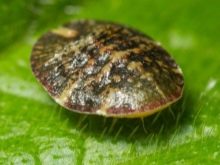

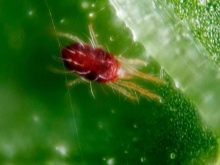
For a person accustomed to dealing with garden plants and indoor flowers, it is not difficult to care for brovallia. With just a little effort, you can make the summer brighter and extend it by extending the flowering of the grateful plant for a long time.
For information on how to grow Brovallia from seeds, see the video below.































































































The comment was sent successfully.